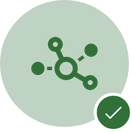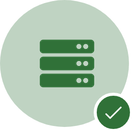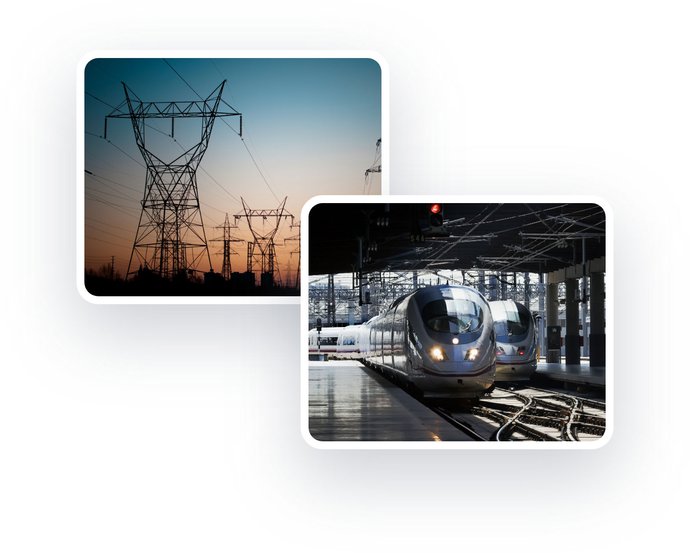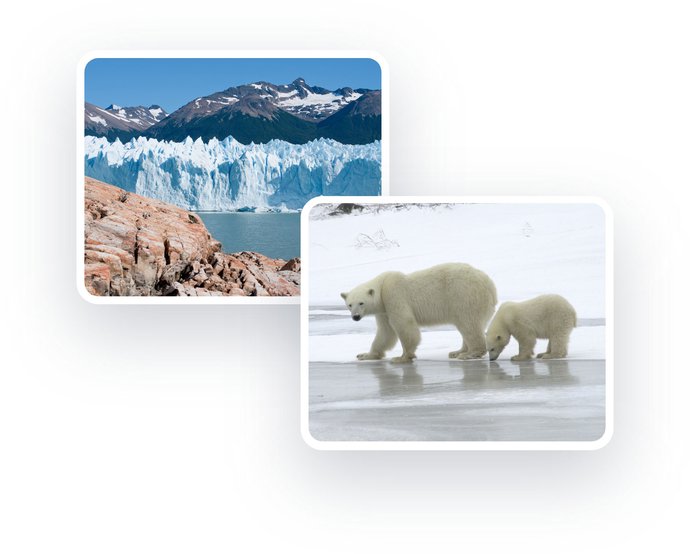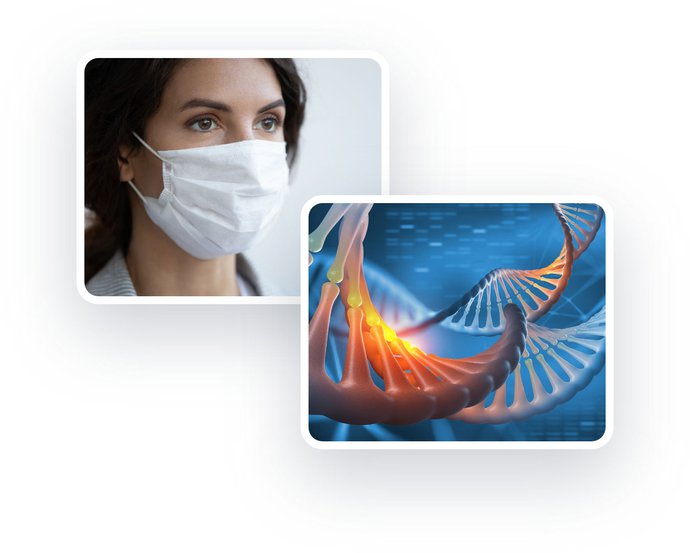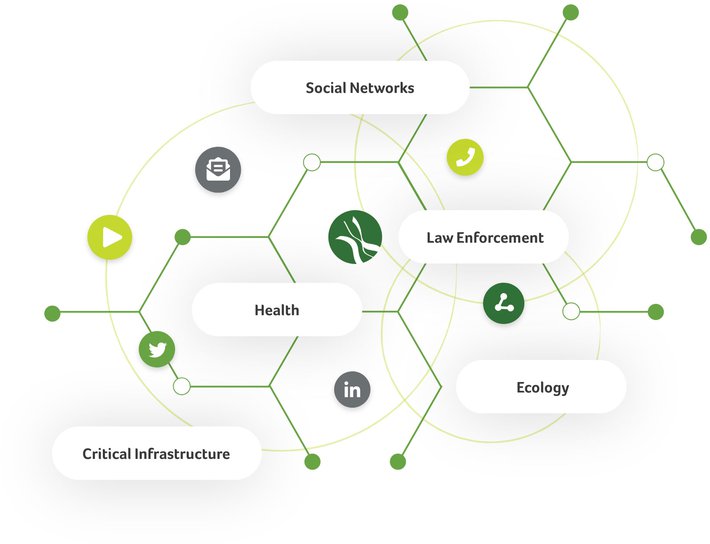
Mensor analyses entire networks in real-time. It can establish network vulnerabilities and robustness. It enables scenarios to be tested and impact evaluated. Mensor is designed to operate on commodity hardware and is therefore able to operate stand-alone in the field.
Get in touch